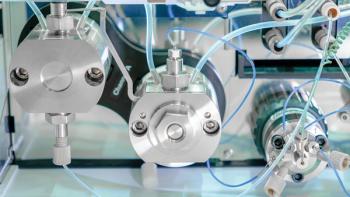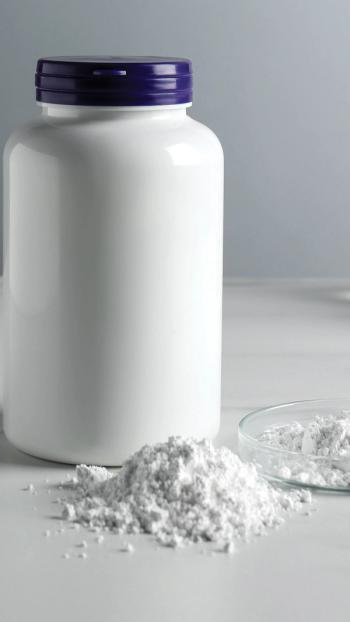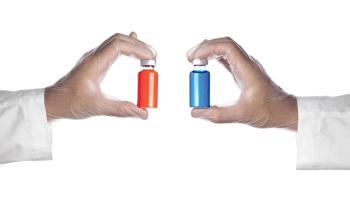
Leveraging automation advancements can help improve efficiency in aseptic processing and speed up commercialization of critical drug products.

Leveraging automation advancements can help improve efficiency in aseptic processing and speed up commercialization of critical drug products.

A statistical analysis for determining an expiration date can be applied to replicates or their corresponding averages as suggested in industry guidelines.

Artificial intelligence and machine learning can help overcome poor solubility and bioavailability.

The biopharma industry is looking at continuous chromatography for sensitive molecules.

The final drug product relies on the quality and reliability of the raw materials used in its production.

Biosimilar analytical assessments focus on demonstrating biosimilarity and interchangeability with the reference biologic.

EMA is promoting the use of RWD in decision-making and has started a public consultation to review its draft recommendations.

The political landscapes of both the EU and UK are set to change after the latest elections, which could affect the bio/pharma industry.

Improved efficiencies and reduced costs are clear advantages of automating drug manufacturing processes.

Asking why things are done a certain way will help make an accurate assessment of an organization’s EM program, says Susan Schniepp, distinguished fellow at Regulatory Compliance Associates, and Zachary S. Anderson, global market segment lead—Sterility Assurance, Nelson Laboratories.